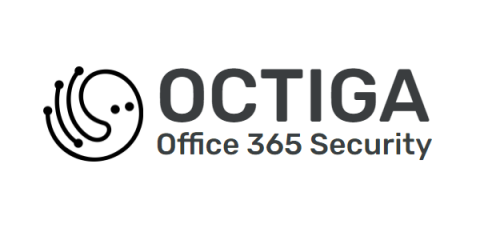Cybersecurity risk management explained
Cybersecurity risk management is the practice of prioritizing cybersecurity defensive measures based on the potential adverse impact of the threats they're designed to address. Establishing a risk management approach to cybersecurity investment acknowledges that no organization can completely eliminate every system vulnerability or block every cyber-attack.









